Emmanuel Villanis was born in Lille to an Italian family, and trained in Turin with Odardo Tabacchi. In 1885, he moved to Montmartre, where he achieved considerable success with his sculptures of feminine grace and beauty. His subjects are often biblical, mythological or allegorical, but he also excels in portraiture.
His sculpture is emblematic of Art Nouveau, both in terms of the subjects evoked and the fluid forms and sensitive expressions.
The subject of the sculpture we present is Sapho, a Greek poetess of considerable importance. Renowned for the lyrical beauty of her verses, she was one of the first writers to express the intensity of amorous feelings in her poems, often dedicated to the women around her. Her work, though partially lost, has survived the centuries, profoundly influencing Western poetry. Sappho embodies a figure of freedom and passion, and her name remains associated with the celebration of love and beauty, making her a timeless literary and feminine icon.



























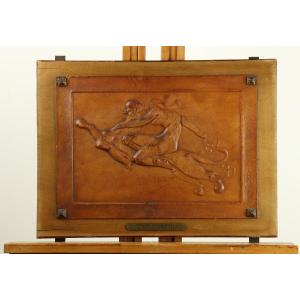



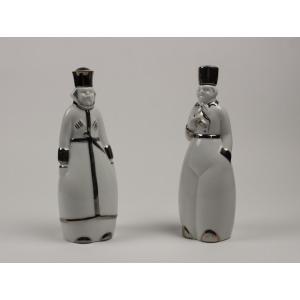

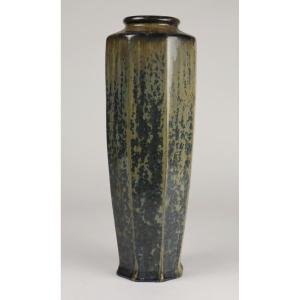




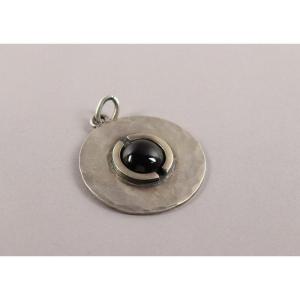

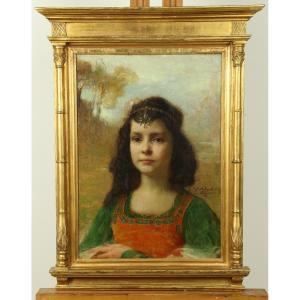





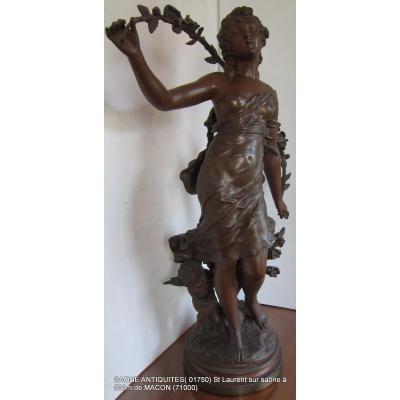



 Le Magazine de PROANTIC
Le Magazine de PROANTIC TRÉSORS Magazine
TRÉSORS Magazine Rivista Artiquariato
Rivista Artiquariato